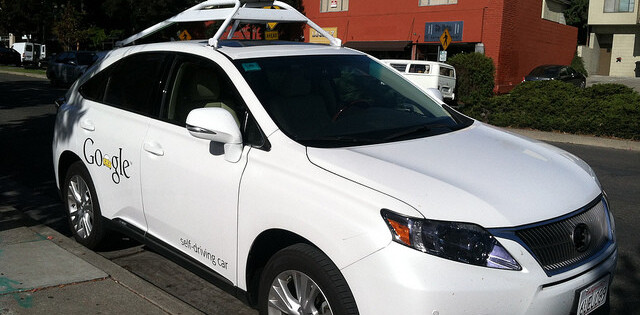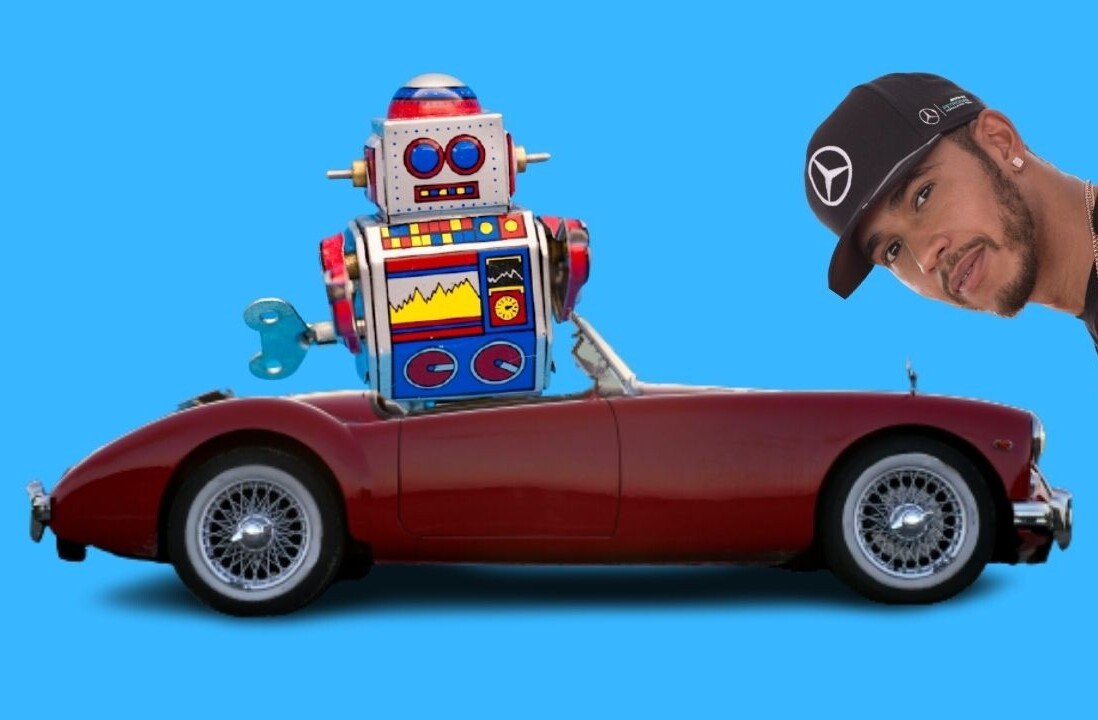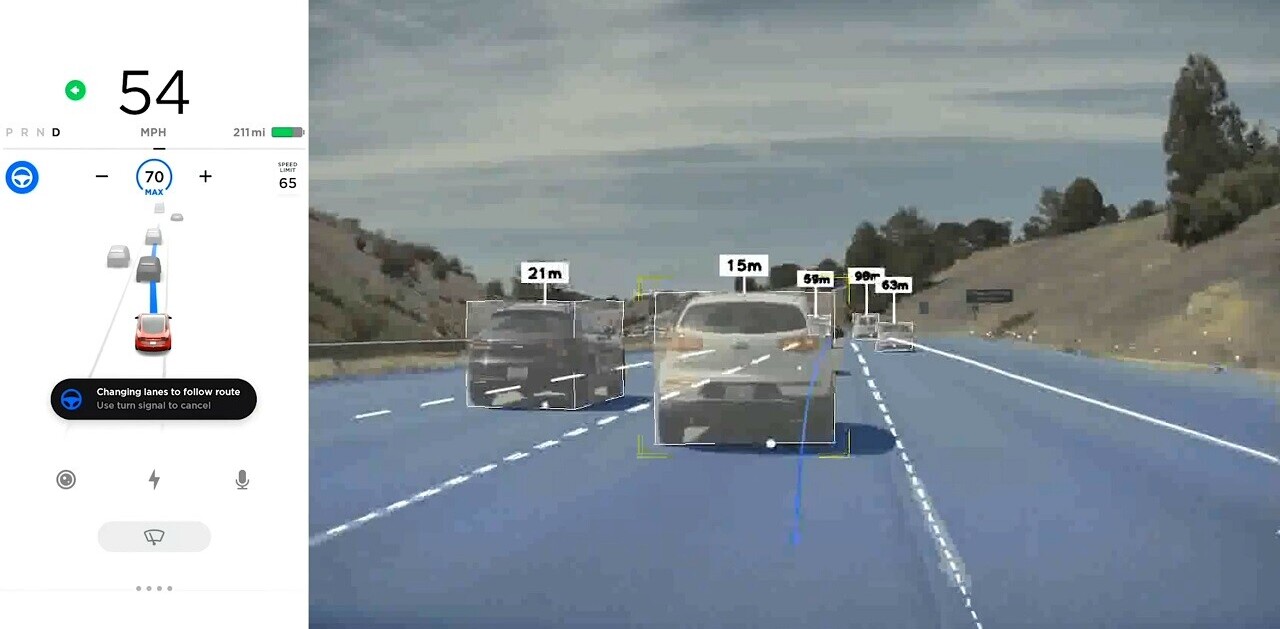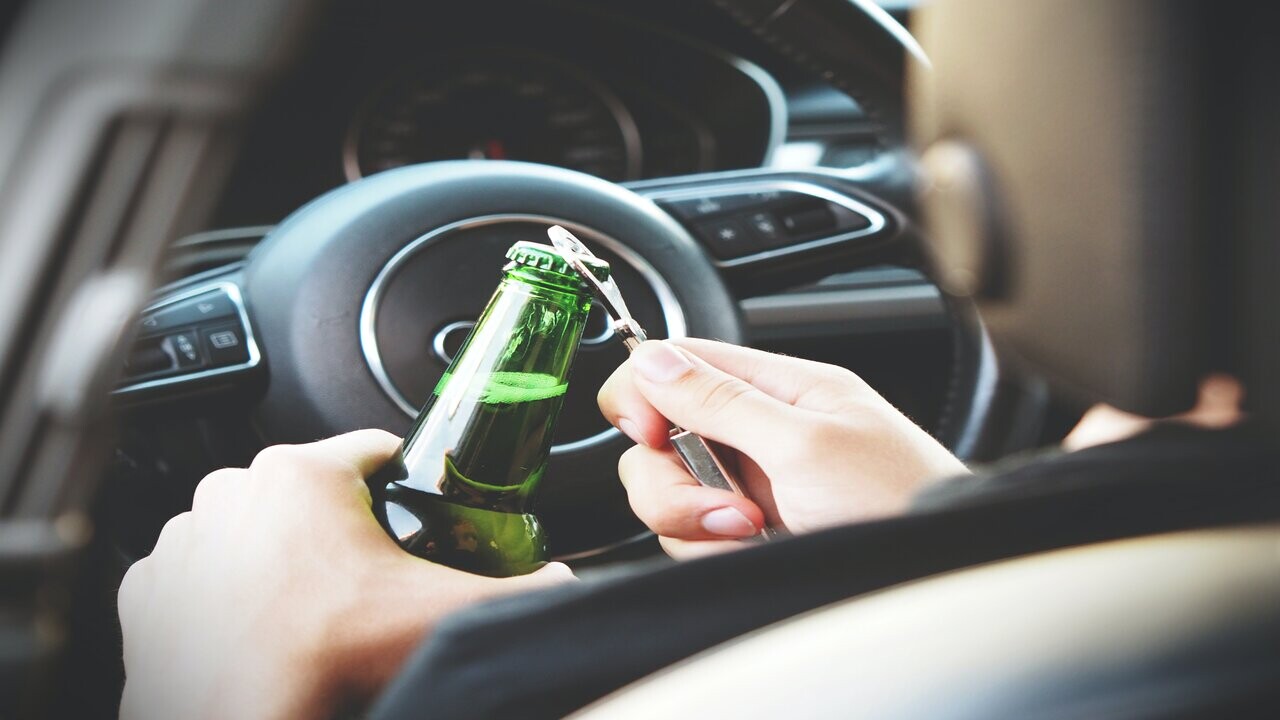
Politicians in the US recently released a bipartisan infrastructure bill that includes around $555 billion in new spending to build roads, public transit, and other transport options. Amongst other things, the bill mandates Car OEMs to introduce technology to “passively monitor the performance of a driver of a motor vehicle to accurately identify whether that driver may be impaired.”
This is significant news for companies working on tech to detect drunk-drivers. In June, the Automotive Coalition for Traffic Safety, Inc. (ACTS) announced that a product equipped with new alcohol detection technology would be available for open-source licensing in commercial vehicles for the first time in late 2021.
Their tech results from extensive R&D and testing by the DADSS Program, a public-private partnership between automakers and the US Department of Transportation’s National Highway Traffic Safety Administration (NHTSA).
Open-source licensing means that the drunk-driving technology will be available to any product integrator for preparation into fleet vehicles — whether government vehicles, rental cars, or trucking companies. It’s a challenging space, with the risk of false positives and the reality of drunk drivers who will try to cheat the system.
OEM Nissan has created a drunk-driver prevention concept car able to detect the smell of alcohol, which uses cameras to observe driven impairment.
Today cars are already equipped with cameras and sensors to monitor driver alertness. For example, Cadillac’s Super Cruise functionality uses a Driver Attention Camera system to detect that the driver is paying attention to the road ahead before the car will move without the driver’s hands on the wheel. Politicans and lawmakers are yet to determine the legality of alcohol in Level-5 autonomous vehicles.
Beyond drunk-driving: what happened to the promise of the car-as-a-hospital?
Every day, 29 people in the United States die in motor vehicle crashes that involve drunk-driving. But it’s not the first time, technology has been deployed to monitor driver health. About ten years ago, car OEMs were flirting with the idea of embedding biometric sensors in vehicles that can monitor or detect underlying health problems affecting the driver.
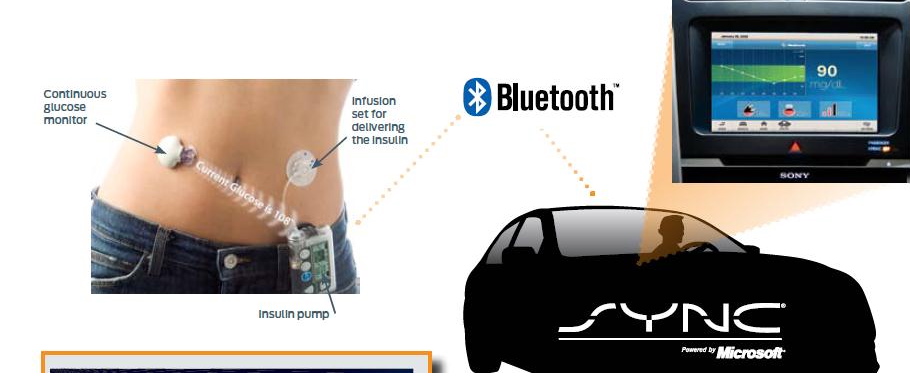
In 2011, Ford created a pilot with medical device manufacturer Medtronic to allow Ford SYNC® software to connect via Bluetooth to a Medtronic continuous glucose monitoring device and share glucose levels and trends through audio alerts and visual displays.
Diabetes is a health condition that has long interested tech companies. Low glucose levels can cause people with diabetes driving a car to lose consciousness and, according to research, are behind 20% of car crashes. The in-car health software also enables drivers to monitor sudden temperature changes, pollen levels, and pollution in the air, triggering asthma attacks in many people with asthma.
Ford also worked with Aachen University in Germany to create ECG sensors that could monitor heart health. In practice, such a system could warn a driver to pull over or alert emergency vehicles via vehicle-to-vehicle communication. In the case of an autonomous vehicle, the car could even reroute its map to drive to the nearest hospital.
The same year BMW was supporting researchers at Technische Universitaet Muenchen to create smart steering wheels that monitor stress via heart rate and oxygen saturation levels.
But none of these ideas gained commercial traction. Was it due to the cost of rollout? There’s also the issue of medical accuracy challenges, and the challenges of HIPPA, data privacy, and what these metrics could mean for driver car insurance premiums. Still, it’s foreseeable interest will persist, perhaps with a partnership with wearable health tech.
Can your car detect COVID-19?
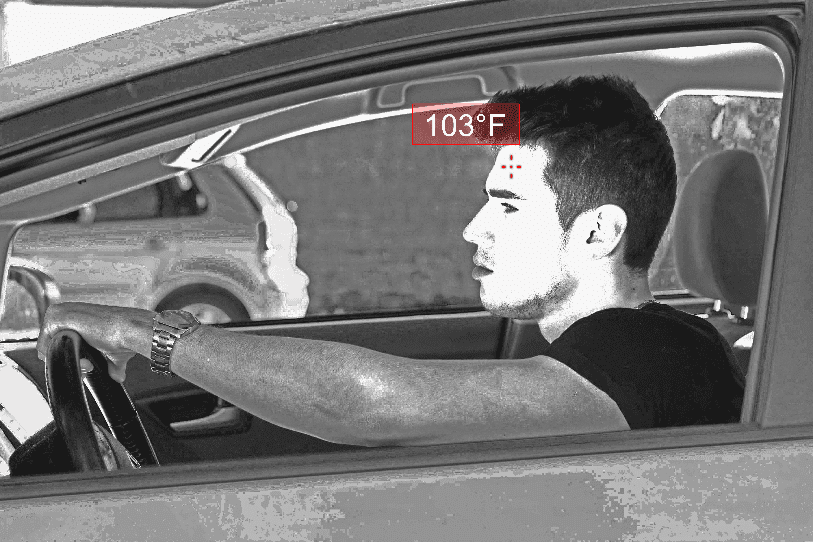
In Israel, UVEYE has developed contact-free, emergency-vehicle inspection systems. They recognized that helath providers could use their infrared thermal imaging technology to detect body temperatures from a distance of several meters or more.
This could help healthcare professionals rapidly identify individuals who might require additional COVID-19 testing or treatment. The company equipped health-related fleet operators with the equipment on a not-for-profit basis.
The drunk-driving bill requires the U.S. Transportation Department to set a technology safety standard within three years – and gives automakers at least another two years to comply.
There are many startups and researchers in the breathalyzer and greater biometric-testing space. The technology has evolved significantly since the early 2010’s, especially through advancements in machine learning, and we can expect renewed interest with OEMs to deliver more offerings in the next few years.
Do EVs excite your electrons? Do ebikes get your wheels spinning? Do self-driving cars get you all charged up?
Then you need the weekly SHIFT newsletter in your life. Click here to sign up.
Get the TNW newsletter
Get the most important tech news in your inbox each week.
